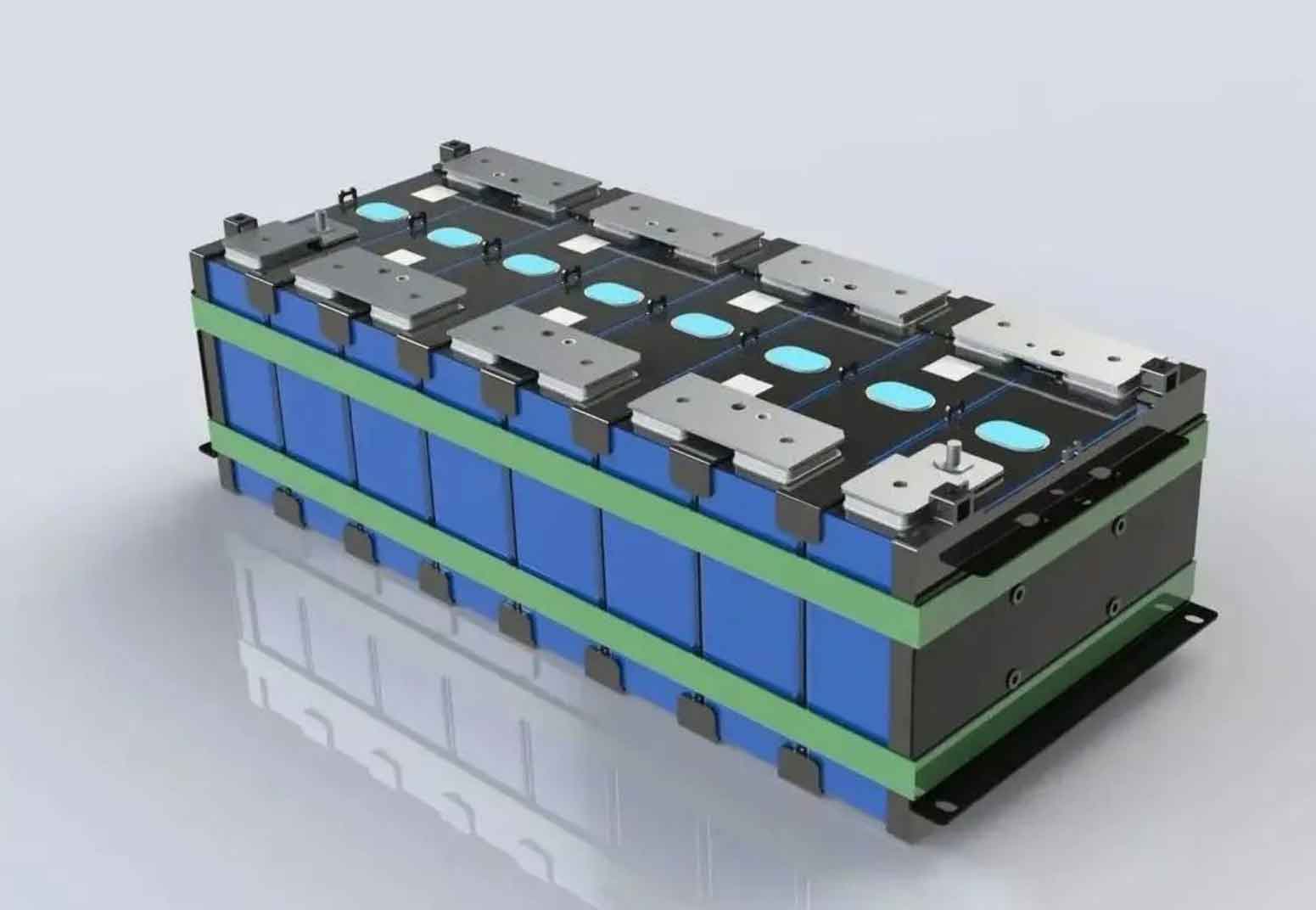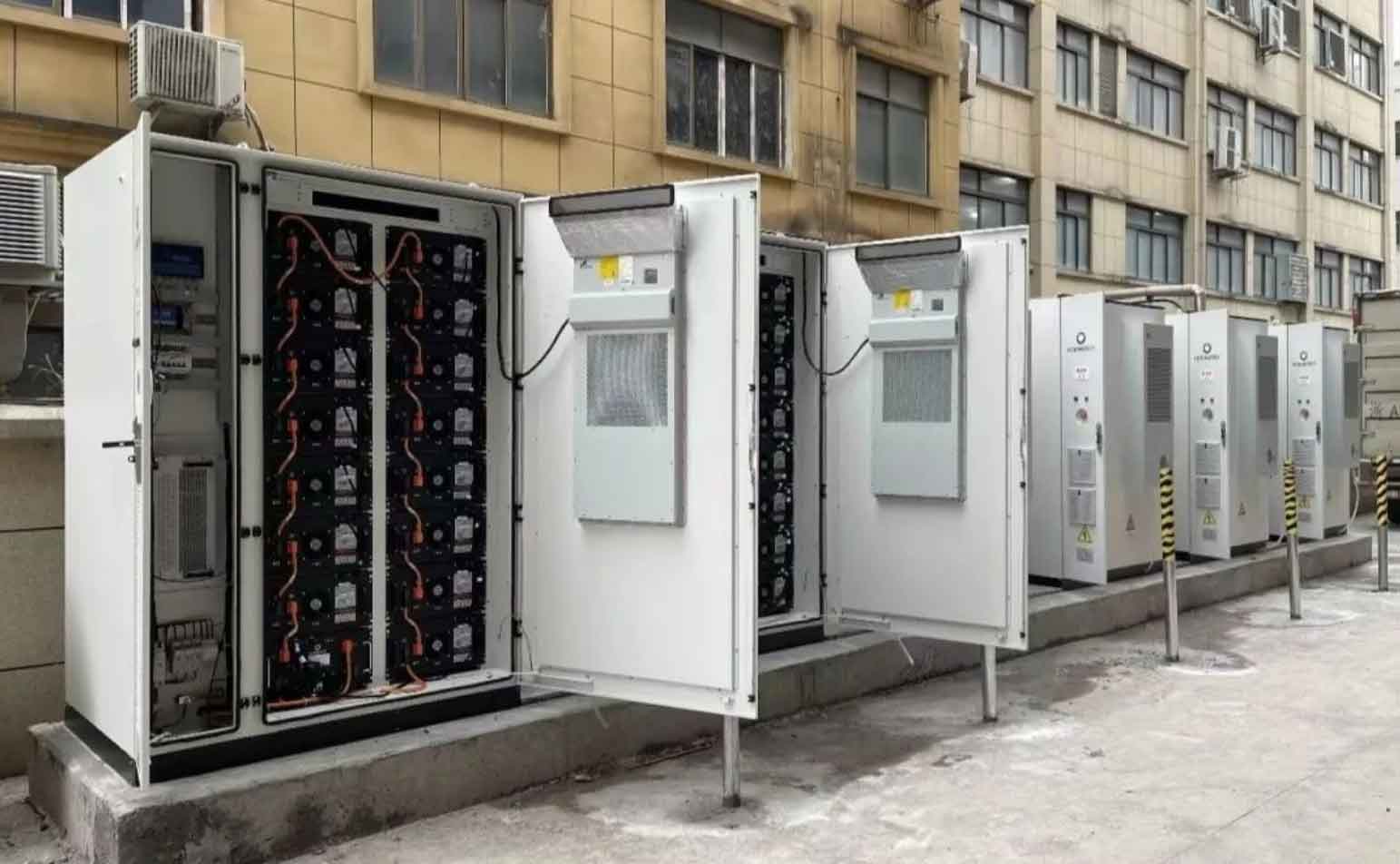Energy storage battery, as the cornerstone of energy storage systems, bear the important mission of providing stable and reliable energy for the system. Having a deep understanding of the core technical parameters of energy storage battery can help us accurately grasp their performance characteristics and further improve the overall efficiency of energy storage systems. Below, we will provide a detailed explanation of the main technical parameters of energy storage battery to help everyone better apply and manage energy storage systems.
1.Battery capacity (Ah)
Battery capacity is one of the important performance indicators for measuring energy storage battery performance. It represents the amount of electricity released by energy storage battery under certain conditions (discharge rate, temperature, termination voltage, etc.), usually measured in Ah. Taking 48V, 100Ah battery cells as an example, the capacity of energy storage battery is 48V x 100Ah=4800Wh, which is 4.8 kWh.
The energy storage battery capacity is divided into actual capacity, theoretical capacity, and rated capacity according to different conditions. Theoretical capacity refers to energy storage battery capacity in the most ideal state; Rated capacity refers to the capacity indicated on the equipment that can operate continuously for a long time under rated working conditions; The actual capacity will be affected by factors such as temperature, humidity, charge discharge rate, etc. Generally speaking, the actual capacity is smaller than the rated capacity.

2.Rated voltage (V)
The rated voltage of an energy storage battery refers to its designed or nominal operating voltage, usually expressed in volts (V). The energy storage battery module is composed of individual cells connected in series. Parallel connection increases capacity, voltage remains unchanged, and after series connection, voltage doubles while capacity remains unchanged. You will see parameters similar to 1P24S in energy storage battery PACK parameters: S represents series cells, P represents parallel cells, and 1P24S represents 24 series and 1 parallel – i.e. cells with a voltage of 3.2V. After 24 series connections, the voltage doubles, and the rated voltage is 3.2 * 24=76.8V.

3.Charge discharge rate (C)
The charging and discharging rate of energy storage battery is a measure of the speed of charging. This indicator will affect the continuous current and peak current of energy storage battery during operation, and its unit is generally C. Charge discharge rate=charge discharge current/rated capacity. For example, when energy storage battery with a rated capacity of 200Ah is discharged at 100A and all capacities are discharged within 2 hours, the discharge rate is 0.5C. Simply put, the larger the discharge current, the shorter the discharge time.
When it comes to the scale of an energy storage project, it is usually described in terms of maximum system power/system capacity, such as a 2.5MW/5MWh commercial energy storage project. 2.5MW is the maximum operating power of the project system, and 5MWh is the system capacity. If the discharge is carried out at a power of 2.5MW and can be completed in 2 hours, the discharge rate of the project is 0.5C.

4.Depth of charge and discharge (DOD)
Depth of Discharge (DOD) is used to measure the percentage between energy storage battery’s discharge capacity and its rated capacity. Starting from the upper limit voltage of energy storage battery and ending at the lower limit voltage, all discharged electricity is defined as 100% DOD. Usually, the deeper the discharge depth, the shorter energy storage battery cycle life. Energy storage battery level below 10% may cause over discharge, leading to irreversible chemical reactions that seriously affect energy storage battery’s lifespan. Therefore, in actual project operation, it is important to balance the needs of energy storage battery operation time and cycle life in order to achieve the economic and reliability optimization of energy storage systems.

5.State of Charge (SOC)
The State of Charge (SOC) of energy storage battery is the percentage of remaining energy storage battery capacity to its rated capacity. Used to reflect the remaining capacity of energy storage battery and indicate its ability to continue working. In the case of complete discharge, the SOC is 0, and in the case of full charge, the SOC is 1, usually expressed as 0-100%.
6.Battery Health Status (SOH)
The State of Health (SOH) of energy storage battery is simply the ratio of its performance parameters to its nominal parameters after a period of use. According to IEEE (Institute of Electrical and Electronics Engineers) standards, if the capacity of energy storage battery when fully charged is less than 80% of its rated capacity after a period of use, energy storage battery should be replaced. By monitoring the SOH value, the time when energy storage battery reaches its end of life can be predicted, and corresponding maintenance and management can be carried out.
